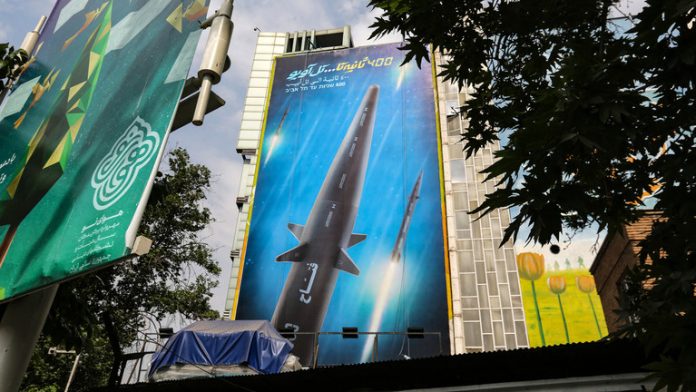NewsRescue
The Islamic Revolutionary Guard Corps (IRGC) of Iran displayed the country’s cutting-edge hypersonic missile on Sunday during a ceremony in Tehran attended by Supreme Leader Ayatollah Ali Khamenei, according to local media.
The missile was displayed at the Ashura Aerospace Science and Technology University in June as part of an exhibition demonstrating the Islamic Republic’s accomplishments in aerospace technology.
The Fattah-2 missile, according to the IRNA news agency, is outfitted with a hypersonic glider warhead, putting it “in the HGV… class of hypersonic weapons.”
According to Iranian media, the Islamic Republic is only the fourth country in the world to use such technology.
A hypersonic glide vehicle, or HGV, is a type of warhead that allows a rocket to maneuver and glide at hypersonic speeds. It is usually mounted on ballistic missiles and can significantly change flight trajectory after launch, which makes it a much more challenging target to detect for an enemy’s missile defense system than a typical warhead traveling in a more predictable arc trajectory.
To date, only a few countries have active HGV missiles. One of them is Russia, which owns the ‘Avangard’ gliders deployed on its silo-based intercontinental ballistic missiles like the ‘Sarmat’. The Russian HGV can travel at speeds ranging from 20 to 27 times the speed of sound, or between 24,000 and 33,000 kilometres per hour. It has a potential explosive yield of two megatons, which is more than 100 times higher than the explosion caused by the US nuclear weapon fired on Hiroshima, Japan.
China officially launched the DF-ZF HGV missile in 2019. The Chinese hypersonic glider, mounted on a road-mobile medium-range ballistic missile, can travel at speeds up to ten times faster than the speed of sound.
The US was supposed to field its ‘Dark Eagle’ Long-Range Hypersonic Weapon (LRHW) in September, but it has been delayed due to a cancelled vital test of its glide vehicle. According to media sources, the weapons system is still scheduled to be operational by the end of the year.
Little is known about Iran’s Fattah-2 missile, as government media outlets released limited specifics about the projectile’s technical specifications. Its predecessor, the Fattah missile, which was unveiled less than six months ago, had a range of 1,400 kilometres and could travel at speeds ranging from 13 to 15 times the speed of sound.





